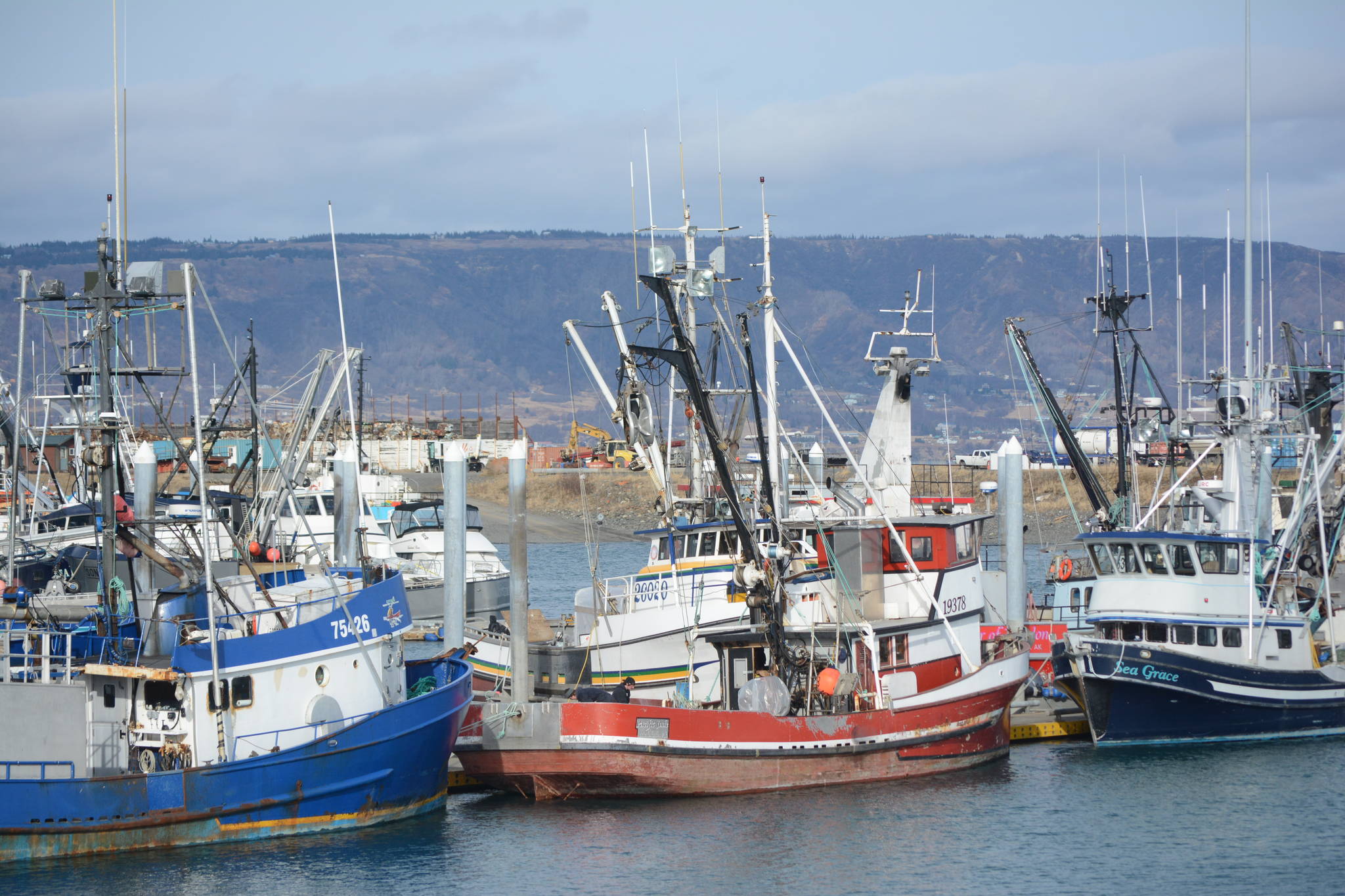In a study published in Nature Communications in August, a team of researchers led by scientists at the University of Alaska Fairbanks found that four of Alaska’s five species of salmon have gotten smaller, which comes as a surprise to almost no one in the fishing industry, and they think they know why.
The study found that all species except pink salmon have shrunk in average fish size over the past six decades, with stunted growth becoming more pronounced since 2010.
The hardest hit was Alaska’s official state fish, the chinook, or king salmon. Chinook are on average 8% smaller than they were before 1990. Alaska’s sockeye, coho and chum salmon are also shrinking, according to the study.
The researchers analyzed data collected from 1957 to 2018, from 12.5 million fish by the Alaska Department of Fish and Game. With this huge database, the team was able to see patterns of body size changes for the four species of salmon —Chinook, chum, coho, and sockeye — across all regions of Alaska.
Their results are intriguing. Alaskan salmon can spend up to seven years in the ocean before returning to their freshwater homes to spawn. During those seven years, the salmon feed and grow to maturity, migrating great distances in the North Pacific Ocean.
However, the scientists found that the decrease in body size was primarily because the salmon were returning to their spawning grounds at an earlier age than they had in past years.
The research team identified a number of factors to explain the smaller size of salmon driving the change. Some of the factors cover almost all areas while others may be specific to certain species of salmon.
“There’s not a single smoking gun,” first author Krista Oke, a postdoctoral scientist initially at University of California Santa Cruz and now at UAF, told Eurekalert.org. “Small contributions from a lot of factors are adding up to drive these changes.”
The two major factors behind this change in sizes is climate change and competition from hatchery-raised salmon in the ocean. Palkovacs says these two factors have definitely contributed to the decline.
Other factors, like the effect of commercial fishing, appears to be important only for some salmon populations. Similarly, the results were mixed for another proposed driver of size declines, the recovering populations of marine mammals that prey on salmon.
The bottom line is that the ocean has become a riskier place for salmon, researchers said. If salmon were to stay in the ocean longer, they would grow larger, thereby giving them greater success in spawning and laying more eggs. However, each additional year increases the risk of not returning to reproduce at all.
Cristy Fry can be reached at realist468@gmail.com



